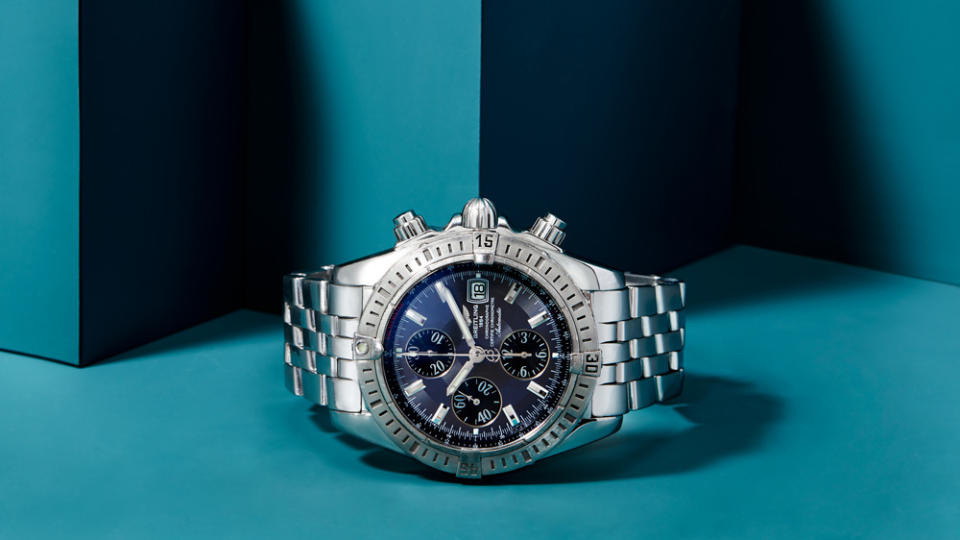Q&A: What to Expect From the Watch Industry in 2018

Over the past three decades, Andrew Block has seen the luxury watch industry evolve from a rarefied trade known only among connoisseurs of mechanical watchmaking into the mature, global business it is today. He spent 21 years at the watch retailer Tourneau before leaving to open his own consulting firm in 2011. Earlier this year, he was named president of the preowned watch and jewelry site TrueFacet.com. Recently, Block spoke to Robb Report about the rise of independent watchmakers, the importance of storytelling, and why digital is the industry’s next big frontier.
What trends should luxury watch buyers keep in mind for 2018?
If I think about the way the watch brands are positioned, there are commercial brands that fall into price points of $3,000 and under: the commercial kings like Rolex—as commercial as you get, given they make 800,000 to one million watches a year—and then you have the specialists like [independent watchmaker] Kari Voutlainen and [MB&F founder] Max Büsser, who’ve all gotten much greater recognition as masters of their craft.
It’s always highly anticipated to see what Max is going to come out with. He’s the epitome of the person behind the brand who is approachable, is real. So I think what you’re going to see is some great independent brands stepping up to the plate, such as MB&F, or it could be Manufacture Royale or De Bethune. I think there’ll be a lot more emphasis paid to the masters of the craft.
We’ve seen a number of Swiss watchmakers embrace e-commerce over the past year. Do you expect that to continue?
Everybody within the watch world always looks for the next emerging market. Where can they focus their efforts to build a market? Ten years ago, it was the BRIC countries: Brazil, Russia, India, and China. Then it became the Far East; China became the center of the luxury world. We all know how those markets have fluctuated. So the next emerging market for watch brands is digital. They all have to embrace digital, no matter what.

But the biggest mistake these sites make is they don’t always have to be transactional; they can be used in tandem with brick-and-mortar retailers. But they need to tell their stories, and they need to tell their stories through digital. I’ve had the pleasure of meeting Nick and Giles English, the brothers behind Bremont—they have an amazing story. But by the time it reaches the retail store, it’s lost in translation. People don’t understand these brands, why they’re positioned the way they are. So these brands need to step up and tell their stories online.
What other industry issues might affect watch buyers in 2018?
My conversations with the brands are always about inventory. The challenges these brands have are with distribution of inventory around the world. I’ve had many conversations with brand heads that involve the secondary market, the parallel market, the gray market. I think consumers in the U.S. especially have become price shoppers instead of value shoppers; they’re just going online and looking at prices. That’s a result of the brands’ inability to control their distribution. So consumers have become accustomed to buying on price.

When I was at Tourneau and customers would walk in and quote a price they got online, I could easily instruct people to create a sense of doubt that the site might not be credible and the product might not be authentic. But you can’t do that anymore because the product is real; it is credible.
Related stories
Independent Watchmaker De Bethune Revives Production with New Financing
True Innovation: Lessons in Seeing Past the Heavy Hand of Watch Marketing
Hublot Techframe Ferrari is Not Your Average Automotive Partnership

